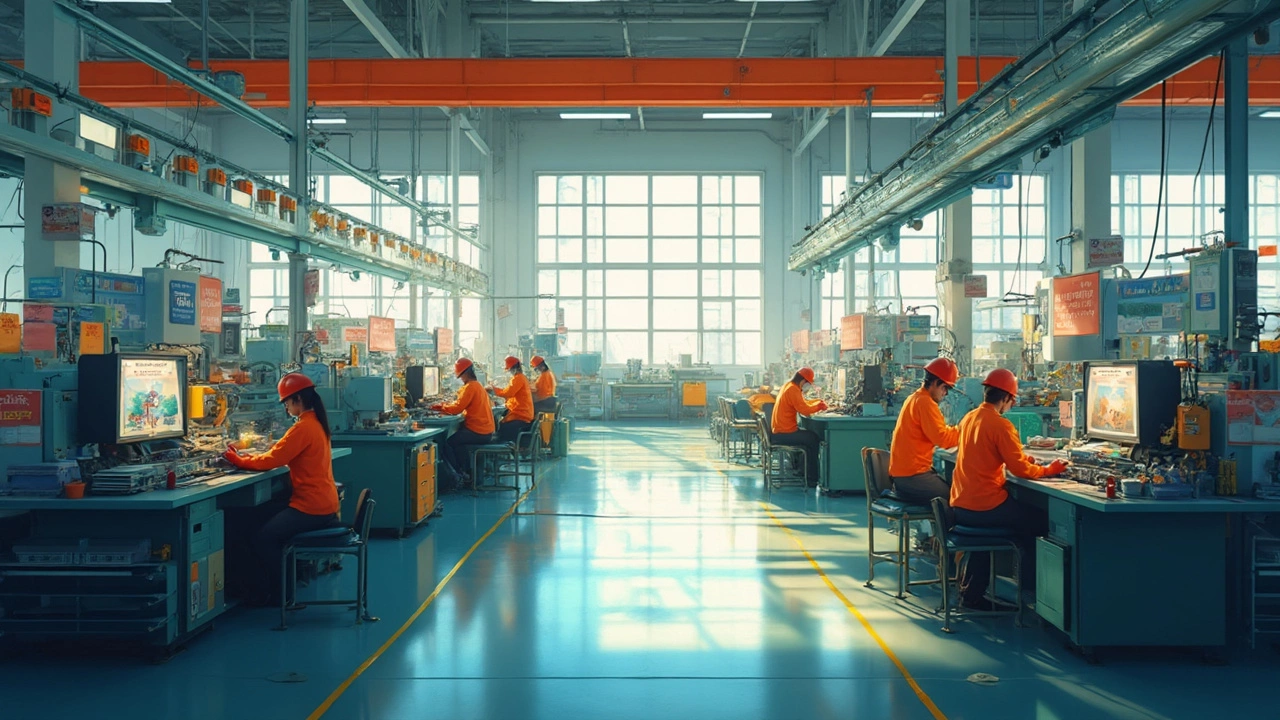Government Manufacturing: Policies, Projects & Trends
When talking about government manufacturing, the production activities directly owned, funded, or regulated by a nation's government. Also known as public sector manufacturing, it covers everything from large state‑run steel mills to small defence component workshops. In India, the Make in India initiativeaims to boost domestic manufacturing capacity and attract private investment and the defense production sectorfocuses on building indigenous weapons, aircraft, and naval platforms are key pillars. These entities interact with the broader industrial policyframework that sets incentives, tariffs, and skill‑development programs that shape how government manufacturing operates across states.
Why Government Manufacturing Matters
Public sector manufacturing creates the backbone for critical infrastructure. Think of the massive steel plants in Jharkhand that feed railways, or the heavy‑equipment factories that supply the nation’s construction boom. Such enterprises provide stable employment, generate export earnings, and keep strategic capabilities under national control. The government manufacturing model also lets the state align production with social goals – for example, setting up solar panel units in under‑developed districts to raise renewable energy capacity while creating local jobs. By tying output to policy objectives, the government can steer resources toward priority sectors faster than the private market alone.
One of the most visible levers is procurement. Central and state governments spend billions on contracts for everything from defence hardware to medical equipment. When procurement rules favor domestic firms, they create a guaranteed market that encourages firms to invest in R&D and scale up. The recent push to source 50 % of defence needs locally is a case in point: it has spurred joint ventures between Indian private players and established public‑sector undertakings, leading to faster technology transfer and a growing ecosystem of supplier clusters.
Make in India amplifies these effects by simplifying approvals, offering tax holidays, and setting up dedicated manufacturing zones. The policy encourages both public and private players to set up plants in tier‑2 and tier‑3 cities, balancing regional development. As a result, you see new auto‑component hubs emerging in Gujarat, renewable‑energy clusters in Andhra Pradesh, and aerospace test facilities in Karnataka. These zones often host a mix of government‑run and privately‑owned firms, blurring the line between public and private manufacturing while maximizing economies of scale.
Looking ahead, the future of government manufacturing hinges on three trends: digitalization, sustainability, and skill up‑skilling. Smart factories powered by IoT and AI are being piloted in public steel mills to cut waste and improve yield. At the same time, the government’s push for green manufacturing – such as using fly‑ash in cement plants – is reshaping how public enterprises meet environmental norms. Finally, the launch of new technical institutes focused on advanced manufacturing ensures a pipeline of engineers who can run high‑tech production lines. Together, these forces promise a more efficient, competitive, and responsible public‑sector manufacturing landscape.
Below you’ll find a hand‑picked selection of articles that dig deeper into each of these areas – from defence production breakthroughs to the latest Make in India success stories, and practical guides on how policy shapes the manufacturing floor today.
